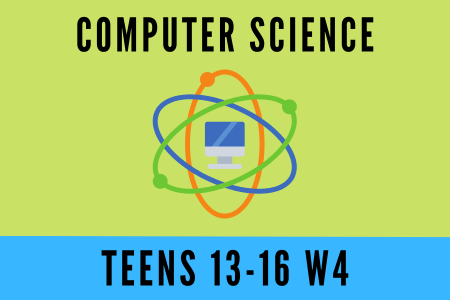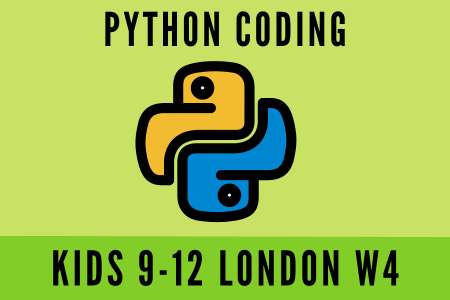Description
This course has been designed with the Computer Science GCSE curriculum in mind.
The topics covered are:
Data Representation: Number systems and data storage
- Binary to Denary and Hexadecimal
- Denary to Binary and Hexadecimal
- Hexadecimal to Binary and Denary
- Hexadecimal uses
- Data Compression
Computer System Architecture
- Von Neumann Architecture
- Operating Systems
- Different types of memory
- Computer performance
- High Level and Low Level languages
- Input and Output peripherals
Logic Gates
- AND, OR, NAND, NOR AND XOR
- How to create a Truth Table
- How to read and write Logic Statements
- Practice drawing Logic Diagrams
- Simplifying Logic Diagrams
Algorithm design and problem solving
- Practice writing Pseudocode
- Practice drawing Flowcharts
- Types of Software Design
- Testing
- Validation and Verification with examples
- Practice filling Trace Tables
Networks, Communications and Internet Technologies
- Types of Data Transmission
- Error Detection and control
- Principles of Operation such as Web Server, Mac Address and Cookies
- Internet Protocols
Security and Ethics
- Validation and Verification
- Gain a good understanding of Phishing, Pharming, Malware, Virus and Spyware
- Firewall
- Biometrics
- Encryption
Databases
- Definition and Application
- Types of Database
- What is a Relational Database
- Data Types
- Performing Search
- Primary and Foreign Keys
- Practice writing SQL statements
This course is taught through a combination of slides, videos and live interactive discussions.
All topics are explained with applicable examples and students practice their learnings by going through Computer Science exam questions and their solutions.
Please note that this course covers Computer Science GCSE Theory only.
The practical section is covered in the Python course.


 bermotech
bermotech